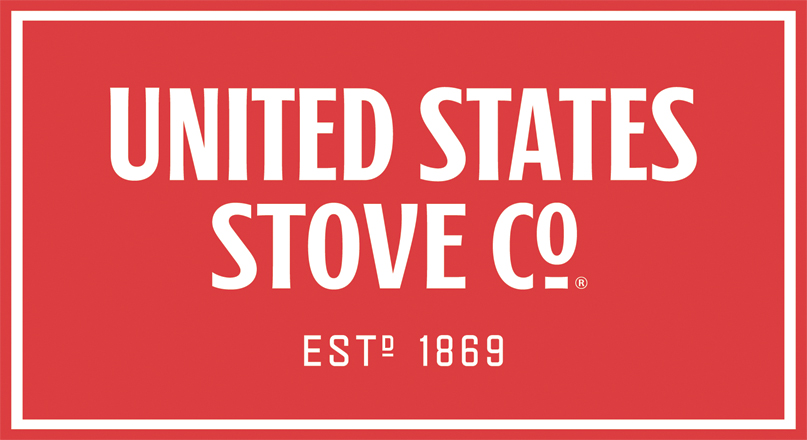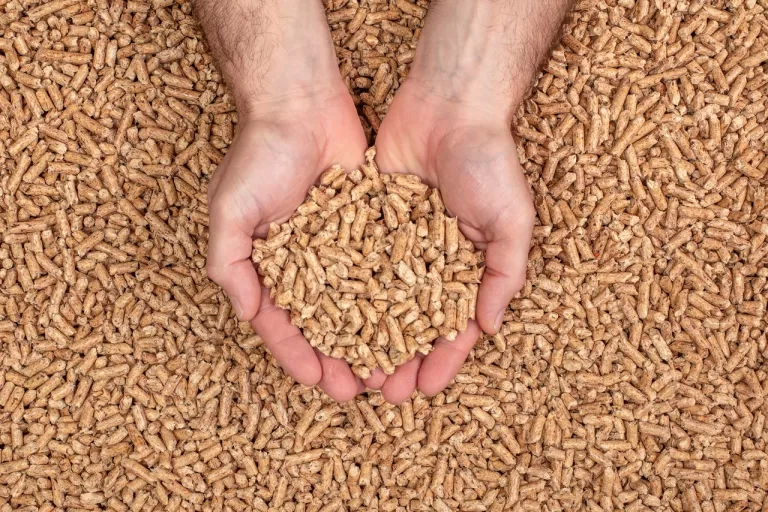Here at US Stove, we are always happy to see tax incentive programs out there to help our customers receive credit on their efficient stove purchases and installations. Here’s a quick breakdown of what the new Sec.25(C) tax code could mean for you and your family.
What is the new IRS 25(C) tax credit?
As of January 1st, 2023, the new IRS tax code of Sec.25(C) allows for a tax credit of up to 30% of the total purchase price and cost of installation of any qualifying pellet stoves – with an annual cap of $2,000 – but not all EPA certified stoves qualify, it must have an efficiency rating of 75% or higher. This new tax code will be in effect for the next 10 years, until December 31st, 2032.
What makes a pellet stove eligible for the tax credit?
A qualifying product is any biomass-fueled heater that has a documented thermal efficiency of at least 75 percent per the higher heating value (HHV) of the fuel.
Here’s where you can find a list of our US Stove EPA certified pellet stoves, be sure to check the Efficiency-HHV column for 75% or higher.
What about the IRS 25(D) tax credit?
The short answer is the Sec.25(D) tax credit is being replaced by the Sec.25(C) tax credit. As always, it’s best to consult with your tax professional with any questions you might have regarding this particular tax credit.
Two differences to take note of.
- The new Inflation Reduction Act, signed into effect August 16, 2023, states that high-efficiency biomass heating products qualify. The tax credit is now capped at $2,000 annually and requires an appliance to be 75% efficient or higher.
- According to our trusted resource, the HPBA, any product purchased in 2022 that qualifies for the new Sec.25(C) credit, but isn’t installed until 2023, can be claimed under the Sec. 25(C) credit on a 2023 tax return. Products must be claimed on the tax return year in which the product installation is complete.
What is bio-mass fuel?
Biomass fuels are a sustainable heating option that convert plants and wood byproducts intousable energy. These fuel types generate heat when burned, referred to as “thermal biomass,” which is used to heat millions of homes across the United States. Many consumers are making the switch from expensive, environmentally-harmful heating fuels, such as gas, oil, and electric, for the beneficial wood or pellet heating appliances.
Where do I start?
- Always start with your tax professional to get the full details regarding the Sec.25(C) tax credit and follow their instructions.
- Some best practices might be to check to make sure your stove is a qualifying product, keep any paperwork related to the purchase and installation of the stove, and a copy of the manufacturer’s federal tax credit certificate. Your tax professional will most likely ask for these items.
- Do keep in mind that this tax credit is applied by the year the stove was installed into your home. If your stove was bought in one year, but installed a following year, you will claim the tax credit under the year it was installed, not purchased.
Final Thoughts
Starting in 2023, consumers who buy and install a biomass heating appliance with an EPA efficiency of 75% or greater may be eligible to claim a 30% tax credit. This credit is capped at $2,000 annually will take effect from January 1, 2023 through December 31, 2032 (10 years). Consult your tax professional for more details!
Stay Warm,
US Stove






